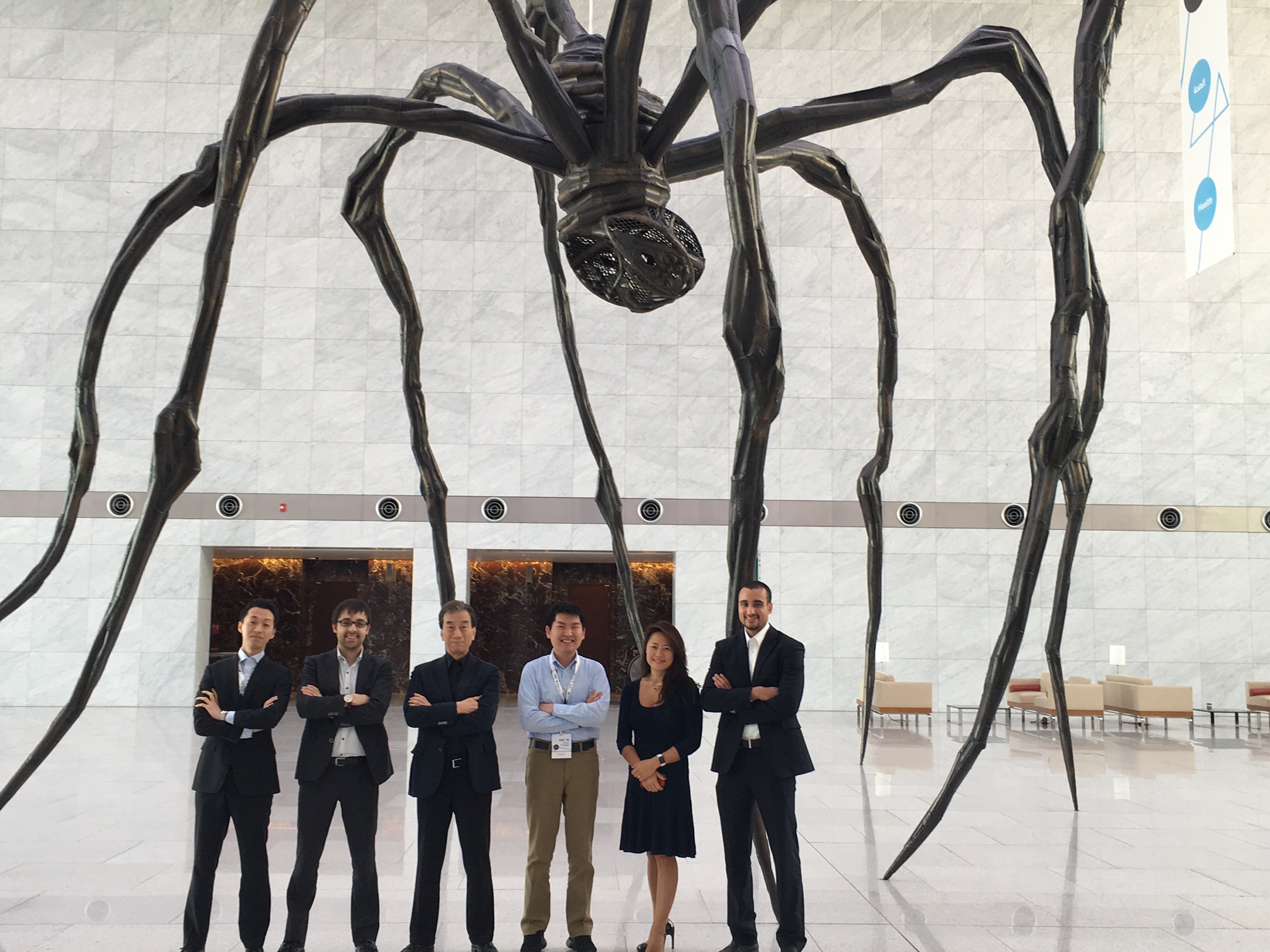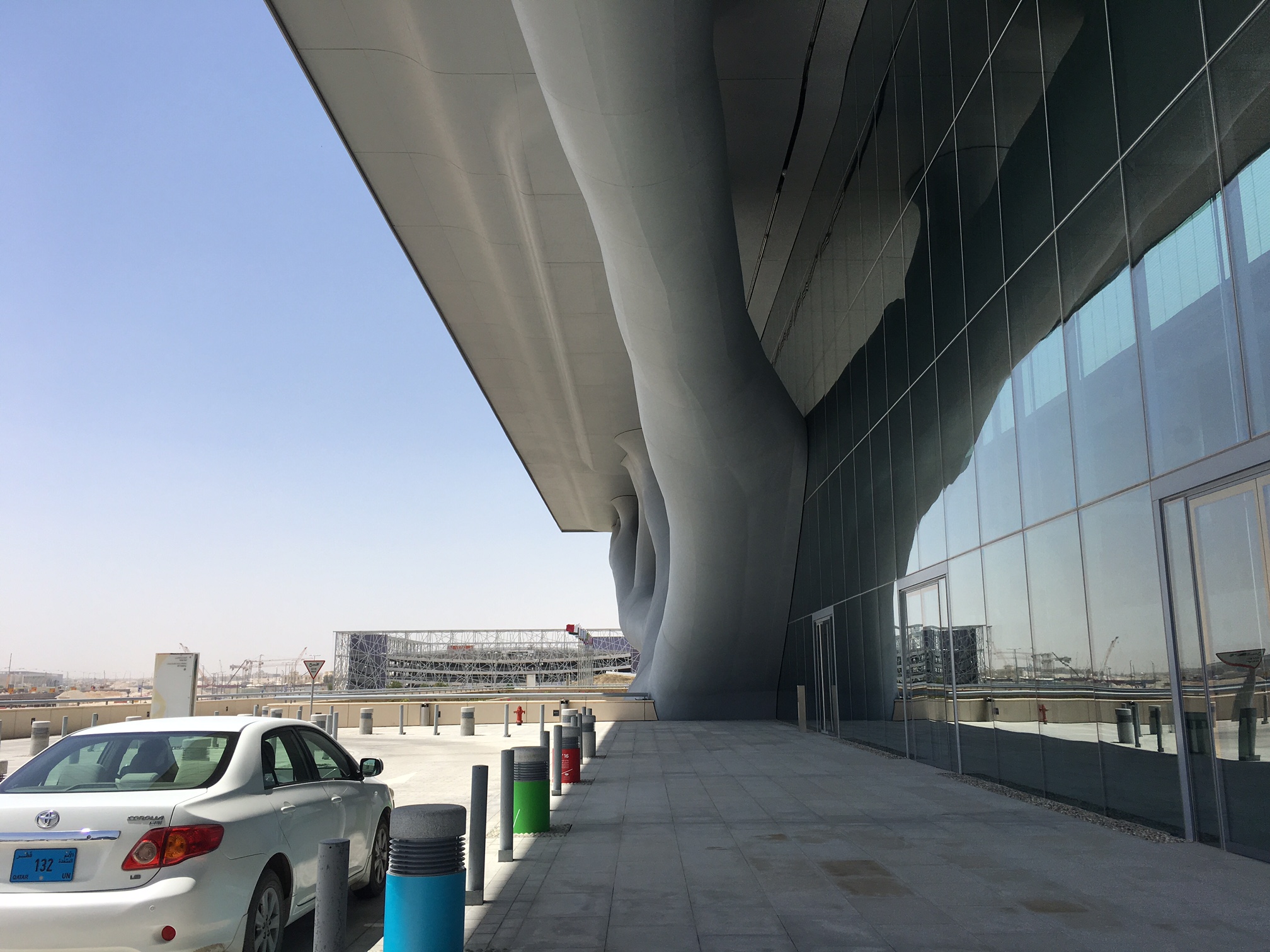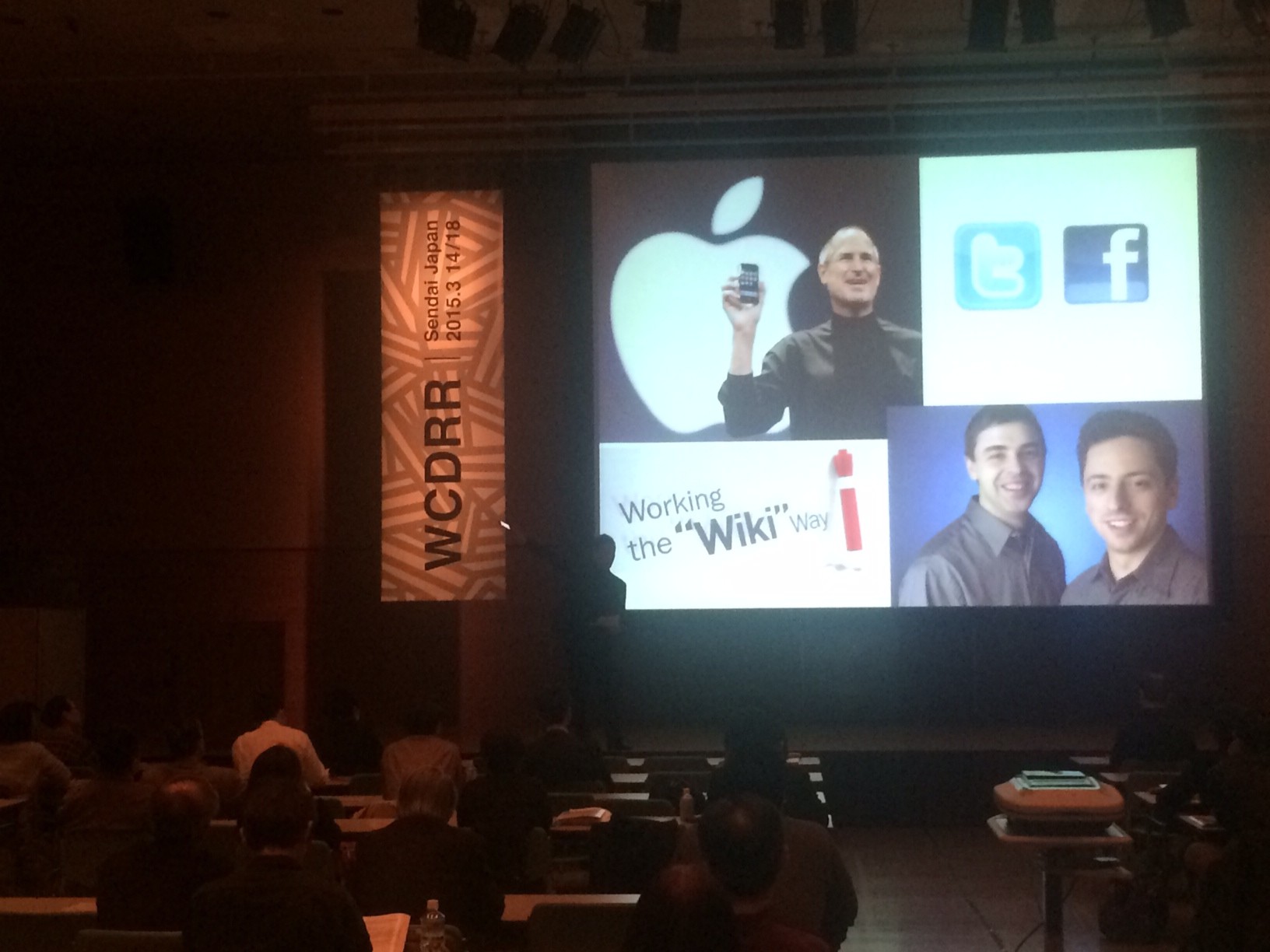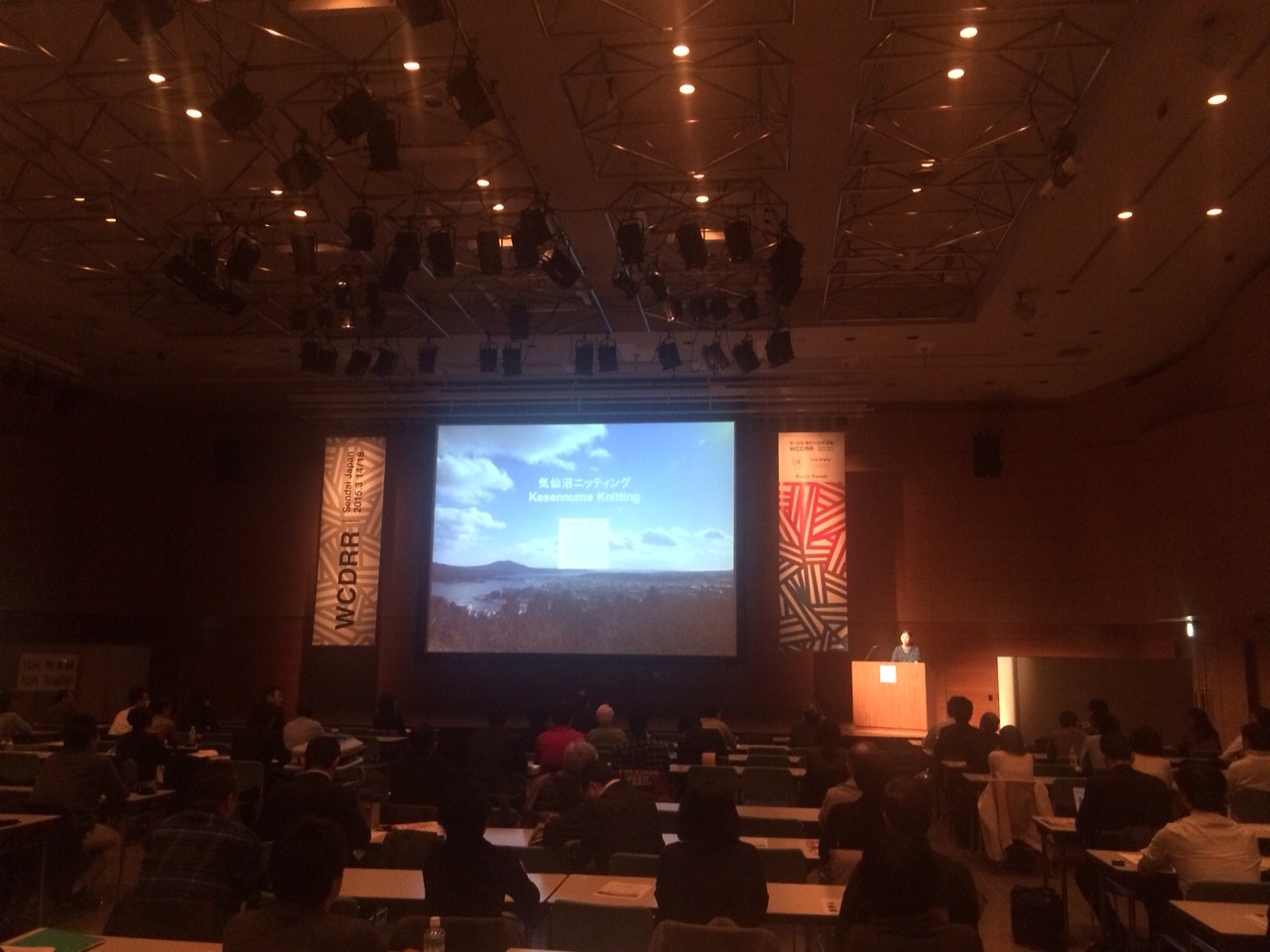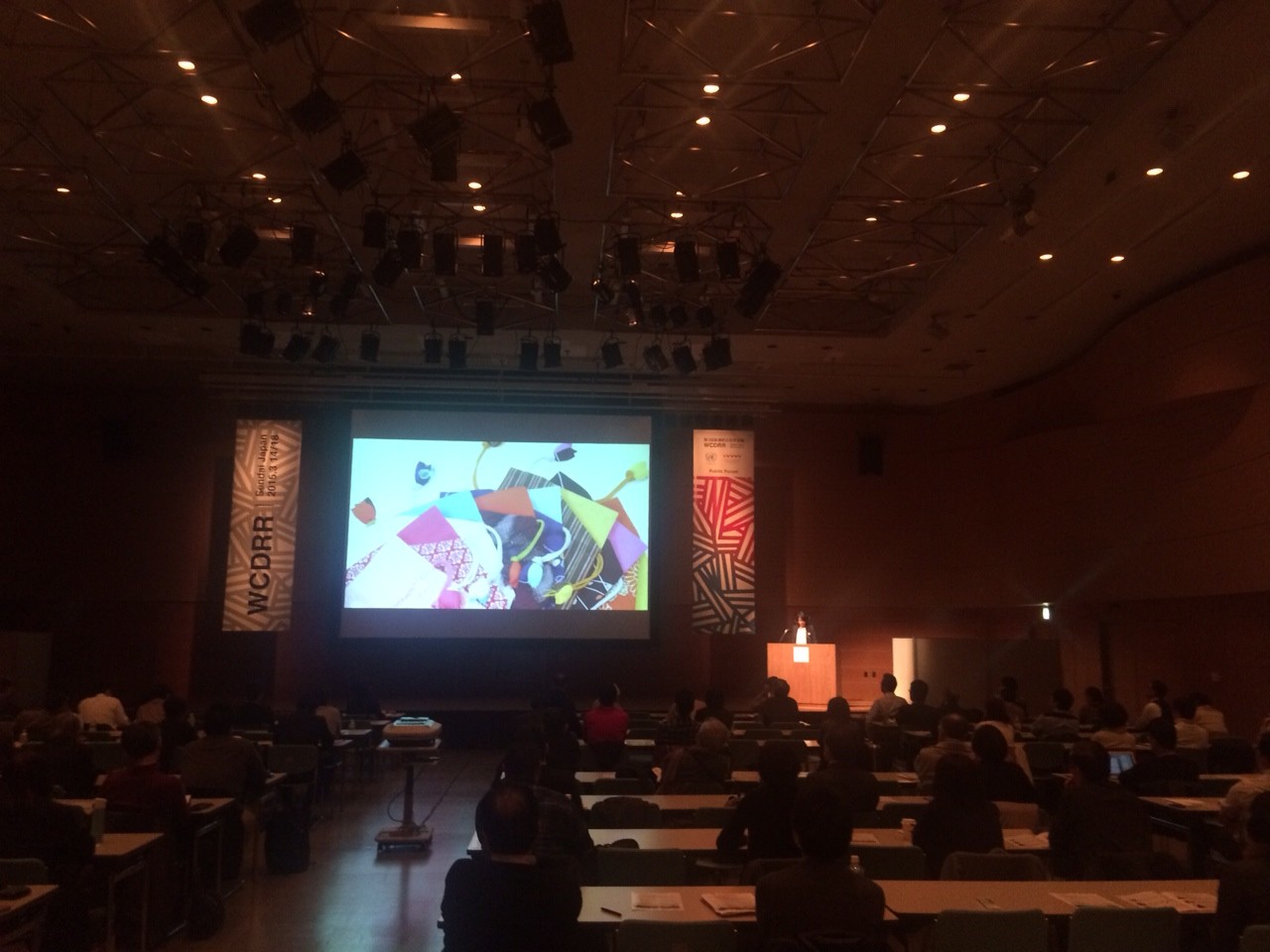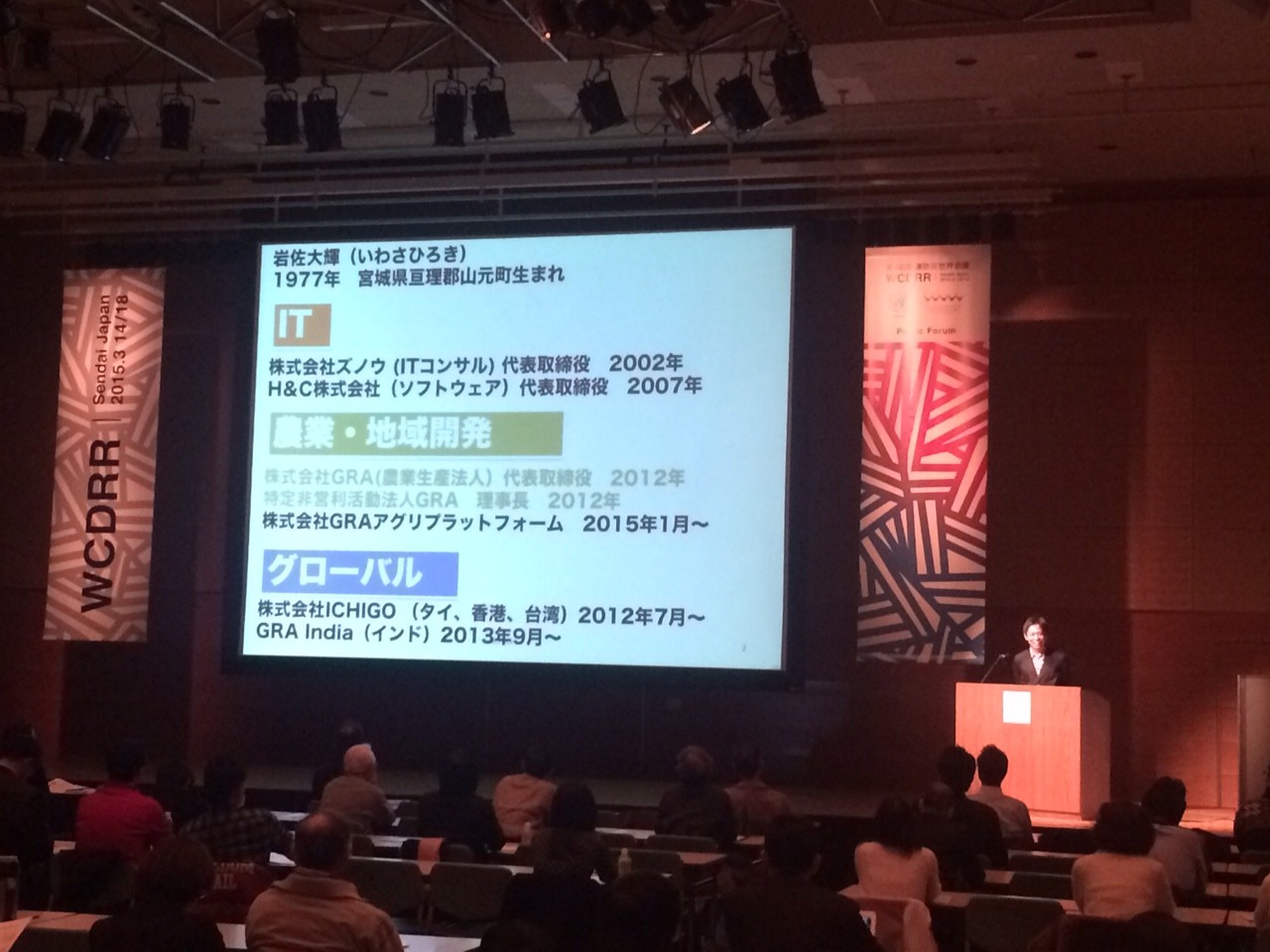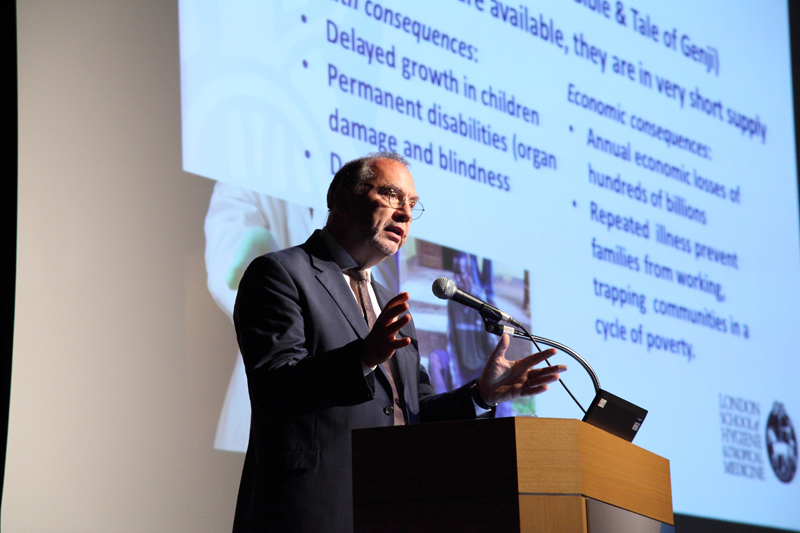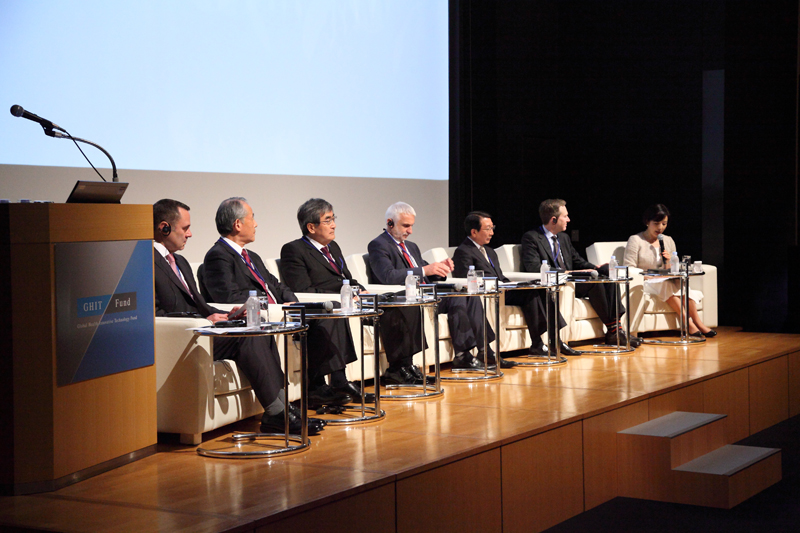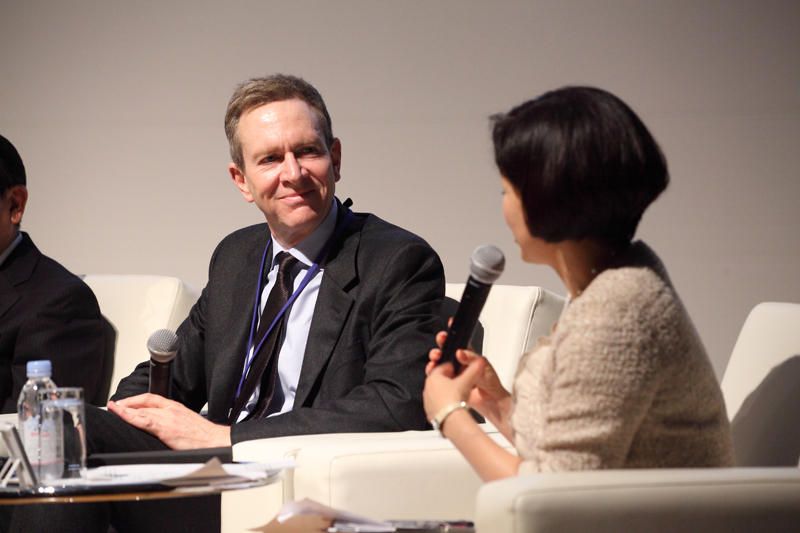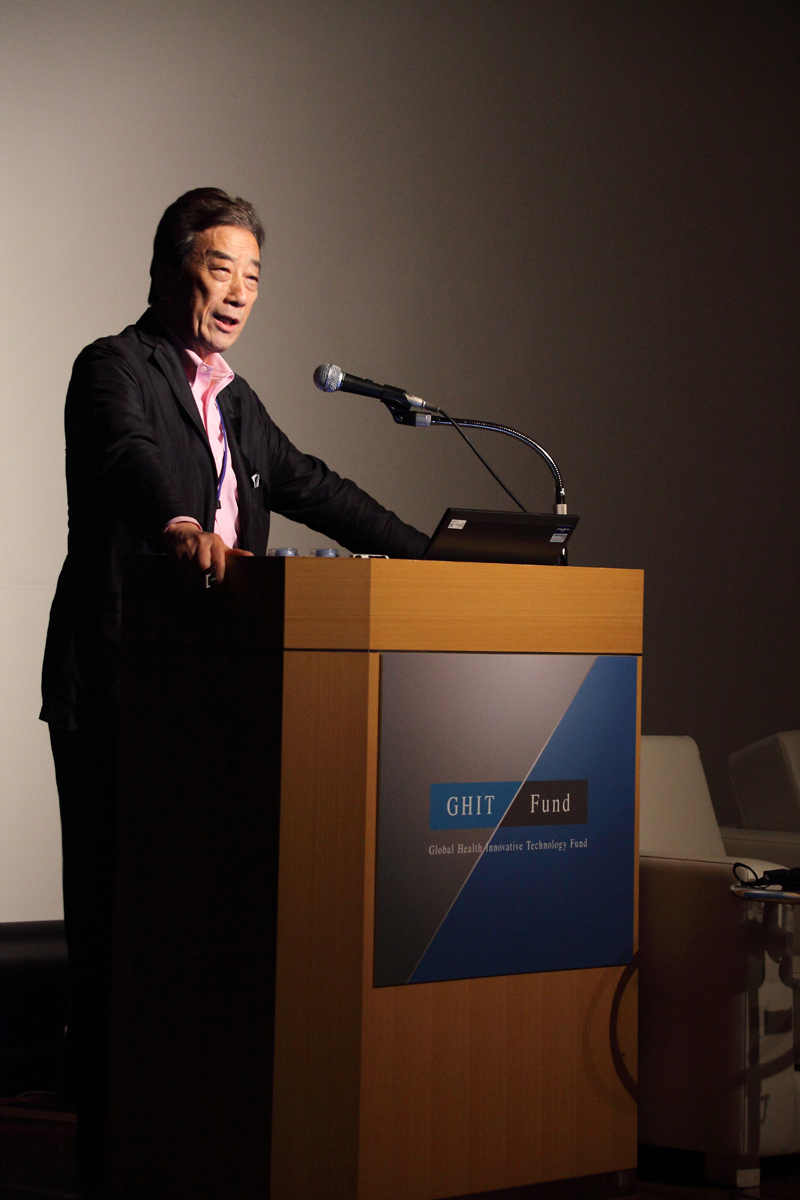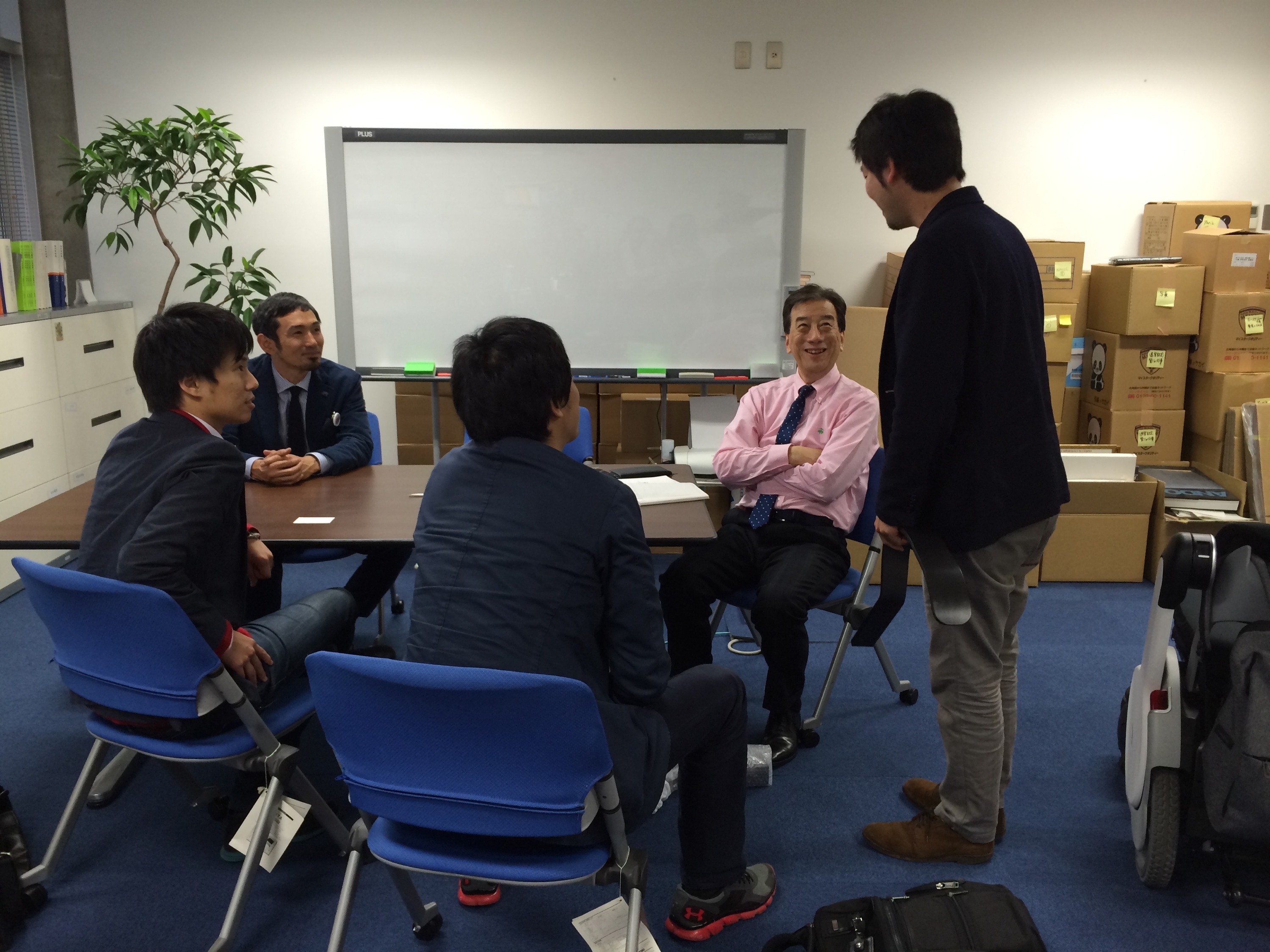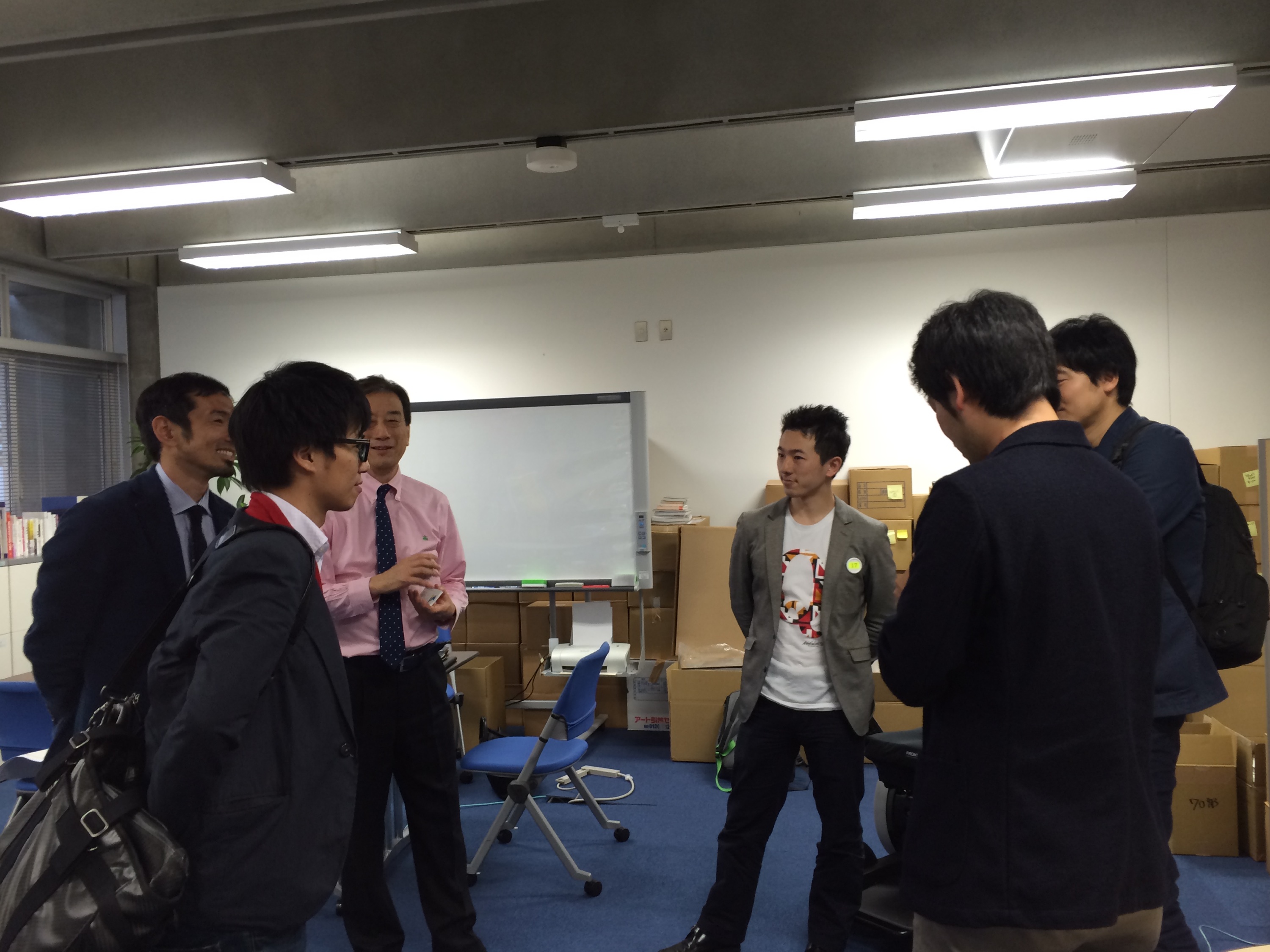The TTP agreement notwithstanding, agriculture in Japan is in dire need of reform in order to harness the potential and the value of this sector.
It may be surprising, but on the list of countries (in Japanese) that earn through agricultural exports, a list led by The U.S, The Netherlands, Germany, Brazil, and France, Japan comes in at a distant around 45th. I believe this is a typical example of Japan’s failure to sell its high-quality products on the world stage.
Some reforms have been kick-started into life by Shinjiro Koizumi (in Japanese), but the resistance of organizations like the JA (known locally as Nokyo) (in Japanese) persists, and lawmakers in the ruling party are loathe to call for reforms, fearing the alienation of the rural vote-bank.
In order to gain a better understanding of the situation, I attended a two-day town hall meeting organised by the responsible ministry departments.
It is true that people involved in agriculture are very hard-working, but it remains a fact that the wage rate when calculated per hour is a measly sum somewhere between 450 and 500 yen (4.5-5 dollars) . I think you will agree that the situation is unacceptable.
The second day of the meeting was led by Mr. Takashima of Oisix (in Japanese), and Mr. Kurita from Seak–Yuruyasai (in Japanese), two ‘outsiders’ who have started successful farming enterprises. They explained their business models, and Yuruyasai for example, is still relatively new (2.5 years) but salaries for participating farmers are 2000 yen (20 dollars) per hour, and they are aiming to increase the hourly wage to 2500 yen in the third year.
They are doing their best to harness the amazing asset that agriculture in Japan can be, an their reports seemed to have some effect on the public officials in attendance.
I knew Takashima personally for some years. He is a very capable person with a keen sense for business, having already floated stocks of his enterprise on the market. I had also invited Mr Kurita to attend this meeting with me.
I know Kurita from his days on the management team at WHILL, but it seems he has moved on to agriculture. I as well as others in attandence in this meeting, was very impressed by the thoughtfulness of his business model and execution.
These young entrepreneurs will be the driving force that will help change Japan, and I hope we can all support them in their endeavors!

